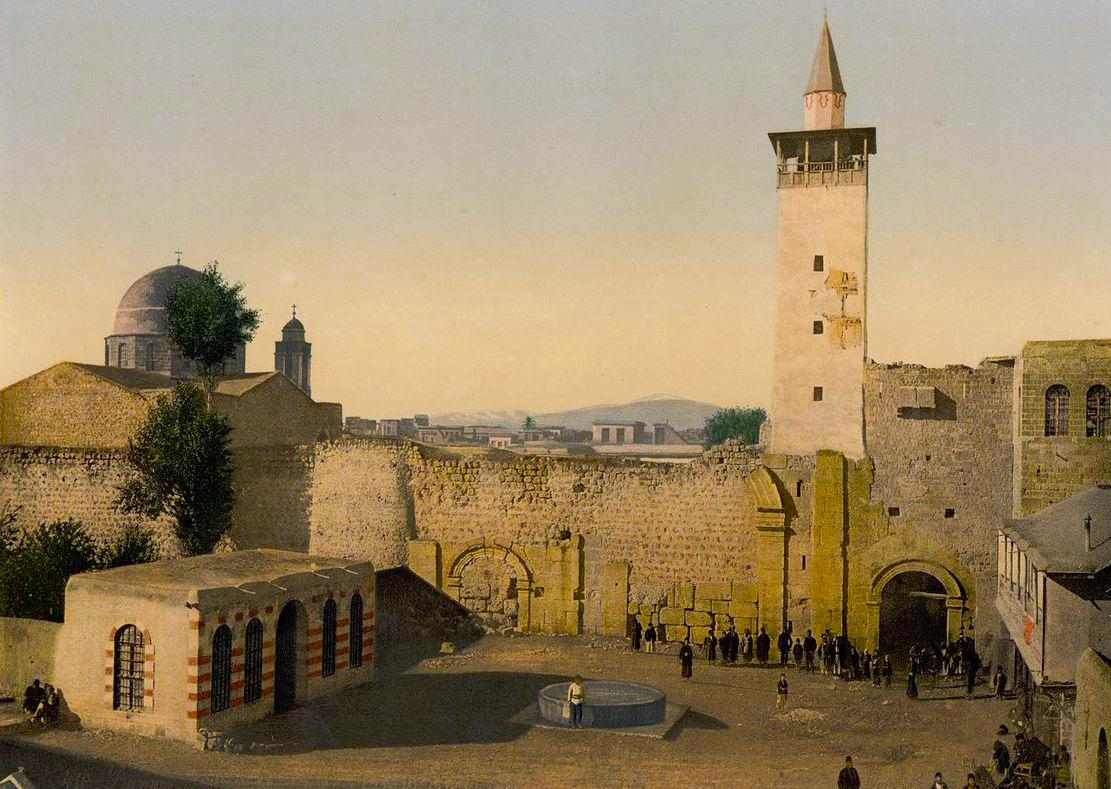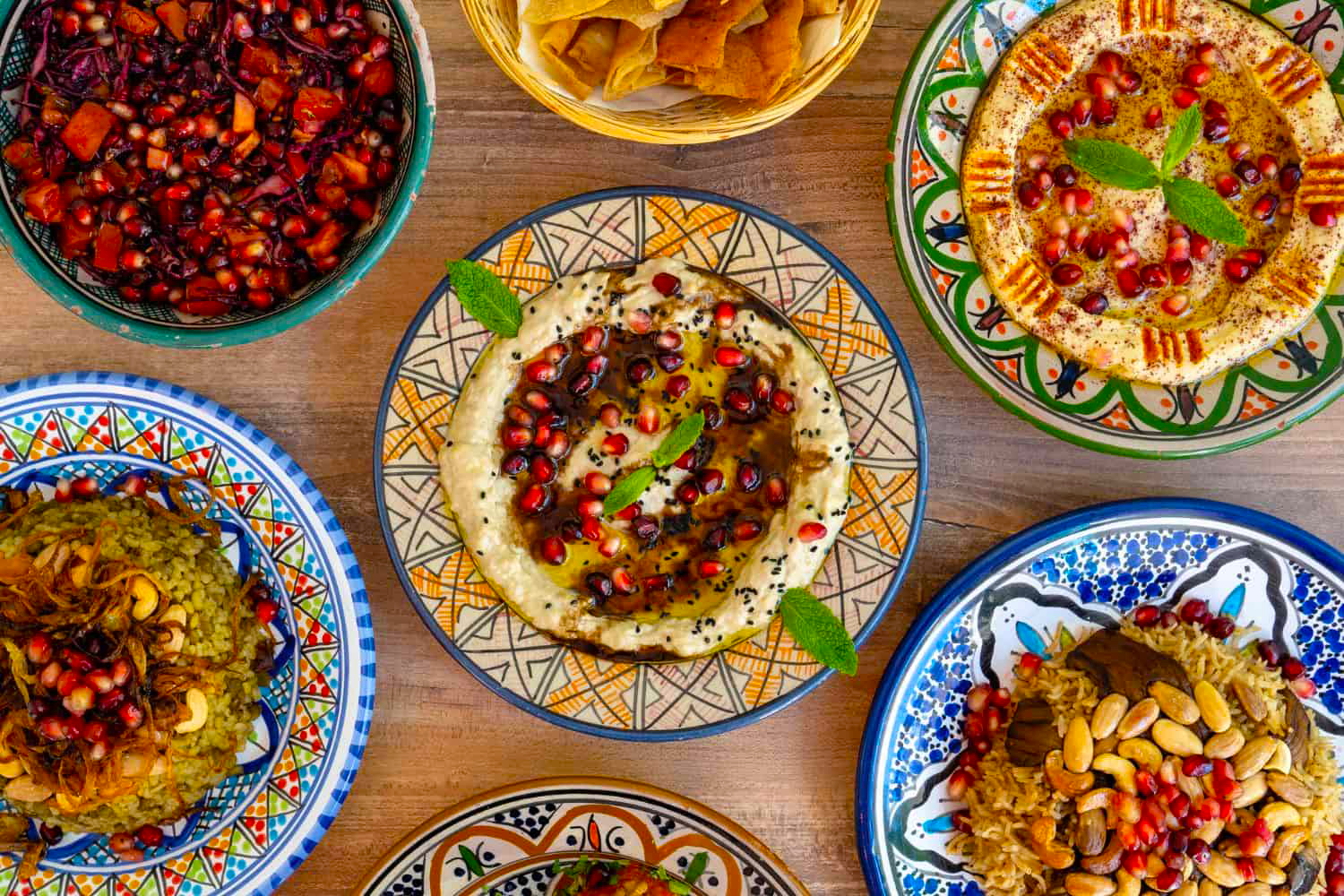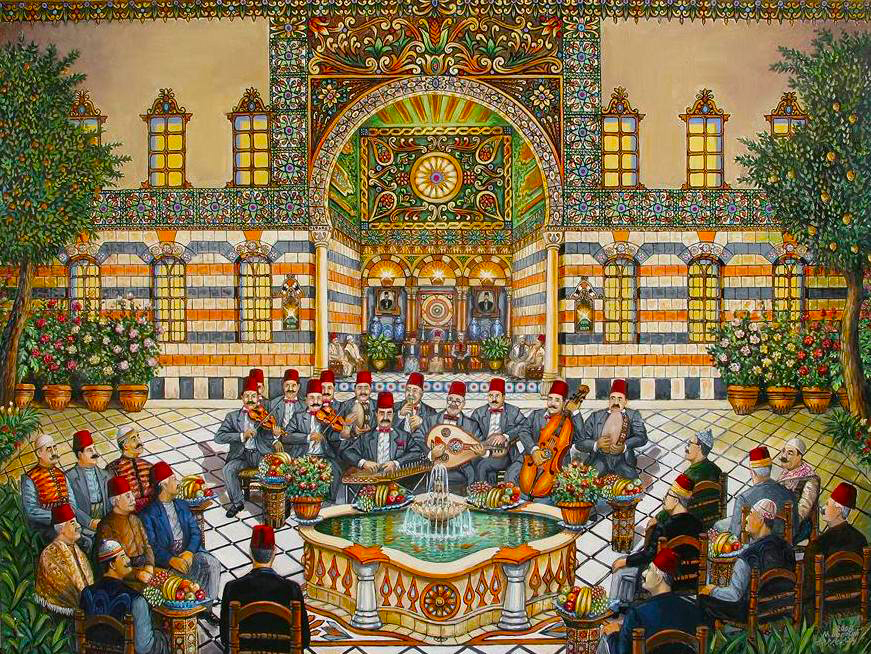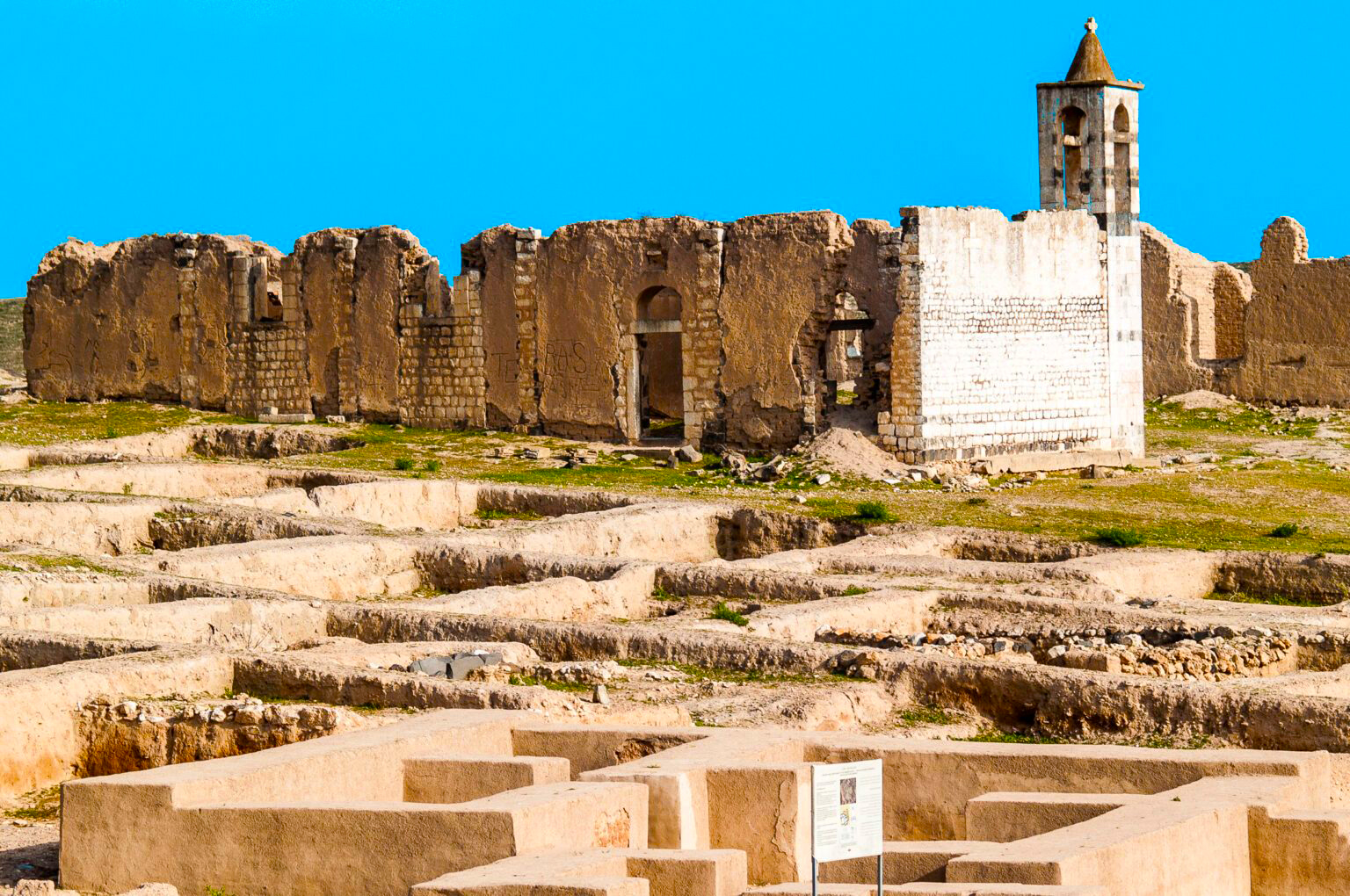Qatna: The Forgotten Kingdom: Unearthing the Royal City of Bronze Age Syria: Tucked beneath the hills near Homs in central Syria lies a silent witness to one of the great Bronze Age civilizations of the Near East. Today, the area is known as al-Mishrafeh (المشرفة), a small village in the Syrian countryside—but beneath its soil rests the remains of the powerful ancient city of Qatna (قطنا), a kingdom that flourished thousands of years ago, rivaling cities like Ugarit, Mari, and Ebla.
With palatial ruins, clay tablets, and monumental architecture, Qatna offers a fascinating look into the life and politics of the second millennium BCE. Though less known to the wider public, it holds a critical place in the puzzle of ancient Mesopotamian and Levantine history.
A City Buried in Time
Qatna was first identified in the early 20th century as the modern village of al-Mishrafeh, located around 18 km southeast of Homs. The site lies along key ancient trade routes that connected Mesopotamia, Anatolia, Egypt, and the Levant, making it a strategic crossroads for military and commercial ambitions.
The city reached its height during the Middle and Late Bronze Age (circa 1800–1200 BCE), when it was the capital of a wealthy and independent kingdom. It became known for its royal palace, diplomatic power, and advanced urban planning. However, by the end of the Late Bronze Age, like many cities of its era, Qatna mysteriously declined and fell into ruin—its legacy buried under layers of soil for more than three millennia.
Discovery and Excavation
The rediscovery of Qatna began in earnest in the early 20th century, but it wasn’t until the 1990s and early 2000s that the site began to reveal its secrets through serious archaeological excavations. Syrian, German, and Italian teams—working in cooperation—began to uncover remarkable structures, including:
- The royal palace complex, covering more than 2.5 hectares
- Massive city walls and gateways
- Burial chambers filled with pottery, jewelry, and weapons
- Cuneiform tablets inscribed in Akkadian, the diplomatic language of the time
One of the most dramatic finds came in 2002, when archaeologists discovered an undisturbed royal tomb beneath the palace. This subterranean chamber held dozens of skeletons, along with gold jewelry, semi-precious stones, ceremonial weapons, and carved ivories—clear evidence of Qatna’s wealth and status.
The Royal Palace: Heart of Qatna
The centerpiece of ancient Qatna is its royal palace, one of the largest known from Bronze Age Syria. Built with mudbrick and stone foundations, the palace features wide halls, throne rooms, administrative quarters, and storage areas. The walls once stood several meters high, and archaeologists have found traces of colored plaster and architectural decoration that suggest a majestic interior.
The palace complex served not just as a residence, but as a center of governance, diplomacy, and religion. Visitors and emissaries from Egypt, Hatti, and Babylonia would have passed through its gates, bringing gifts, forming alliances, or negotiating peace.
Among the most fascinating discoveries in the palace were several clay tablets, written in Akkadian cuneiform, that record diplomatic correspondence, trade records, and religious offerings. These tablets have helped historians reconstruct the political landscape of the Bronze Age Near East—and Qatna’s influential role within it.
International Power and Influence
Qatna appears frequently in external records—from the archives of Mari, Alalakh, and Amarna. Its kings, such as Idanda and Išḫi-Addu, engaged in complex diplomacy with Egypt, Mitanni, and the Hittite Empire, often playing one power against another to maintain independence.
The Amarna Letters, a set of diplomatic messages between Egypt and other states, mention Qatna as part of the “Great Powers Club” of the Late Bronze Age—a testimony to its political clout.
It was also a hub for caravan trade, especially in goods like copper, tin, gold, olive oil, and textiles. Its position allowed it to act as a link between Mesopotamia and the Mediterranean, generating immense wealth and cultural exchange.
Religion and Burial Practices
The people of Qatna followed religious traditions that blended local Canaanite beliefs with Mesopotamian influences. Archaeologists uncovered altars, temple remnants, and cultic artifacts within the palace and elsewhere around the site.
The royal tomb discovered beneath the palace is especially significant. It was a multi-generational crypt, where Qatna’s royalty were buried with lavish grave goods. Among them were:
- Golden diadems and jewelry
- Decorated daggers and ceremonial weapons
- Ivory figurines and amulets
- Imported goods, showing connections with Cyprus, Egypt, and Mesopotamia
These burial practices reflect a strong belief in the afterlife, social stratification, and a desire to express power even in death.
Qatna’s Mysterious Fall
Despite its prosperity, Qatna’s glory was not to last. Around 1200 BCE, like many cities across the Eastern Mediterranean, Qatna suffered a collapse. The causes remain unclear, though possibilities include:
- Invasion by the Sea Peoples
- Internal revolt
- Economic disruption of trade networks
- Drought or environmental change
What is known is that the city was eventually abandoned, and its name faded from memory. Later settlements rose around it, but the original grandeur of Qatna would lie buried until modern times.
Qatna Today
Today, the tell (mound) of Qatna remains partially excavated and protected, though ongoing conflict in Syria has slowed archaeological work. The modern village of al-Mishrafeh sits nearby, and some of the site’s features are visible to visitors, especially the palace foundations and the main excavation areas.
Although there are no full-scale tourist facilities at the site yet, its potential for cultural tourism is immense. If protected and promoted, Qatna could join Palmyra, Mari, and Ebla as one of Syria’s most important archaeological destinations.
Why Qatna Matters
Qatna’s significance lies not only in its impressive ruins but in what it represents:
- A center of diplomacy in the ancient world
- A melting pot of cultures, languages, and faiths
- A forgotten royal city that helps connect the dots of Syria’s Bronze Age history
For historians, archaeologists, and cultural travelers, Qatna is a goldmine of knowledge. It reminds us that the land of Syria was not just part of history—it was a shaper of history.
Final Thought
Beneath the soil of al-Mishrafeh sleeps the memory of kings, queens, and diplomats whose actions shaped the ancient world. As modern Syria continues to reclaim and protect its past, Qatna stands as a powerful reminder that great civilizations don’t vanish—they wait to be rediscovered.



